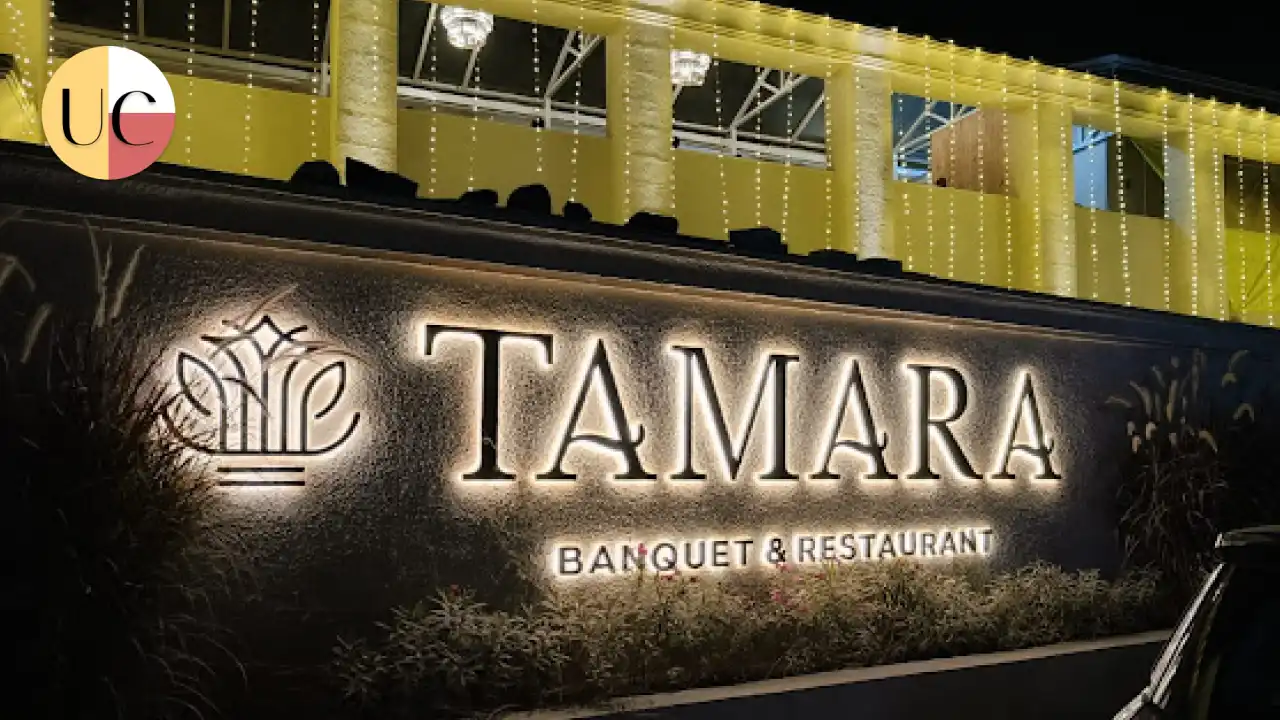Christmas Cards, those vibrant tokens of love and joy, have woven themselves into the fabric of our festive celebrations. But the story behind these cherished symbols is as fascinating as the holiday season itself. Join us on a captivating journey through time as we unravel the history and evolution of Christmas cards.
1. Victorian Beginnings
A Festive Innovation by Sir Henry Cole and John Horsley
Our tale commences in the heart of the Victorian era in the UK. Picture Sir Henry Cole, a man caught in the hustle and bustle of the season, struggling to craft individualized holiday messages for his dear friends. The solution? In 1843, Cole, along with artist John Horsley, birthed the first Christmas card. This masterpiece depicted scenes of charity and family celebration, with a central message that simply wished, “A Merry Christmas and a Happy New Year to You.” With a thousand copies in print, Cole set the stage for a tradition that has endured for almost two centuries.
2. The Cross-Atlantic Journey
Louis Prang: Father of the American Christmas Card
Across the Atlantic, in the U.S., Louis Prang, a Prussian immigrant, earned the title “Father of the American Christmas Card.” During the 1870s, he pioneered the mass production of Christmas cards, introducing elaborate designs that changed with each passing season.
3. War and Cards: The WWI Era
Sentiments from the Frontlines
As the world grappled with the First World War, Christmas cards took on a poignant tone. Soldiers on the frontlines sent cards adorned with symbolic illustrations of peace and victory. Some showcased life away from home, offering a glimpse into the harsh realities of war.
4. The Commercial Boom: Mid-20th Century
Santa Claus Takes Center Stage
The mid-20th century witnessed a commercial boom in the Christmas card industry. Iconic symbols like Santa Claus, snowflakes, and reindeer began to dominate designs. Illustrations and printing techniques evolved, capturing the enchanting aura of the holiday season.
5. The Digital Age
E-Cards: A Digital Transformation
Fast-forward to the late ’90s, and the digital age ushered in a new era for Christmas cards — the age of e-cards. Animated, customizable, and instantly available, e-cards offered a convenient and eco-friendly alternative to traditional paper greetings.
6. Modern-Day Christmas Cards
A Beautiful Continuum of Tradition and Modernity
In the present day, Christmas cards exist on a spectrum that seamlessly blends tradition with modernity. While some still cherish the tactile charm of physical cards, others embrace the convenience of digital wishes. Designs vary from traditional styles paying homage to history to contemporary or abstract expressions that mirror our ever-evolving aesthetics.
Conclusion
The history and evolution of Christmas cards weave a mesmerizing tapestry. From a hurried gentleman in Victorian England to the glow of smartphone screens worldwide, Christmas cards have adapted and evolved alongside us. Yet, amidst this transformation, one constant remains — the essence of connection and heartfelt wishes that Christmas cards embody. They endure as carriers of the Christmas spirit, a tradition steeped in love, artistry, and history. So, as we continue to send joy and festive cheer, whether through paper or pixels, Christmas cards remain the heartwarming messengers of the season.
FAQ
- What inspired Sir Henry Cole to create the first Christmas card in 1843?
Sir Henry Cole, feeling time-strapped and unable to craft individualized holiday messages, sought a creative solution. This led to the inception of the first Christmas card, designed in collaboration with artist John Horsley in 1843.. - Who is considered the “Father of the American Christmas Card,” and what role did he play in the history of Christmas cards?
Louis Prang, a Prussian immigrant, is celebrated as the “Father of the American Christmas Card.” During the 1870s, he pioneered the mass production of Christmas cards in the U.S., introducing elaborate designs that changed with each season. - How did Christmas cards evolve during the WWI era, and what themes were commonly depicted during this period?
The WWI era brought a poignant turn to Christmas cards, reflecting the realities of war-stricken times. Soldiers sent cards from the frontlines, some illustrated with symbolic images of peace and victory, while others depicted the soldiers’ lives away from home. - What marked the commercial boom in the Christmas card industry during the mid-20th century, and what iconic symbols gained prominence in designs?
The mid-20th century witnessed a commercial boom in the Christmas card industry. Iconic symbols like Santa Claus, snowflakes, and reindeer took center stage in designs, with illustrations and printing techniques becoming more intricate. - How did the advent of the digital age in the late ’90s transform the tradition of sending Christmas cards?
The late ’90s saw the transformation of Christmas cards with the advent of the digital age. E-cards, animated, customizable, and instantly available, became a convenient and eco-friendly alternative to traditional paper greetings. - Do people still send physical Christmas cards in the digital age, and what is the significance of maintaining this tradition?
Yes, many still treasure the charm of physical Christmas cards. The significance lies in the tactile experience and nostalgic value they hold, adding a personal touch to the holiday season. - How have the designs of Christmas cards evolved in the modern-day, balancing tradition and contemporary aesthetics?
In the modern-day, Christmas cards exist on a spectrum, blending tradition with contemporary aesthetics. Some designs pay homage to traditional styles, while others feature contemporary or abstract expressions that reflect evolving tastes. - Are there any specific themes or sentiments commonly conveyed in Christmas cards today?
Christmas cards today convey a range of themes and sentiments, from traditional messages of joy and peace to more personalized expressions of love and gratitude. The themes vary, catering to diverse preferences. - What role do digital Christmas cards play in today’s celebrations, and how have they impacted the way we send holiday wishes?
Digital Christmas cards play a significant role in today’s celebrations, offering convenience and instant connectivity. They have transformed the way we send holiday wishes, particularly through social media and email. - Why do Christmas cards continue to be a cherished tradition, and how have they adapted to stay relevant in the modern era?
Christmas cards remain a cherished tradition due to their timeless essence of connection and heartfelt wishes. They have adapted to stay relevant in the modern era by embracing both traditional and digital formats, catering to diverse preferences and lifestyles.
Savor Zaxby’s Chicken Fingers & Buffalo Wings | Crave-Inducing Flavors!



